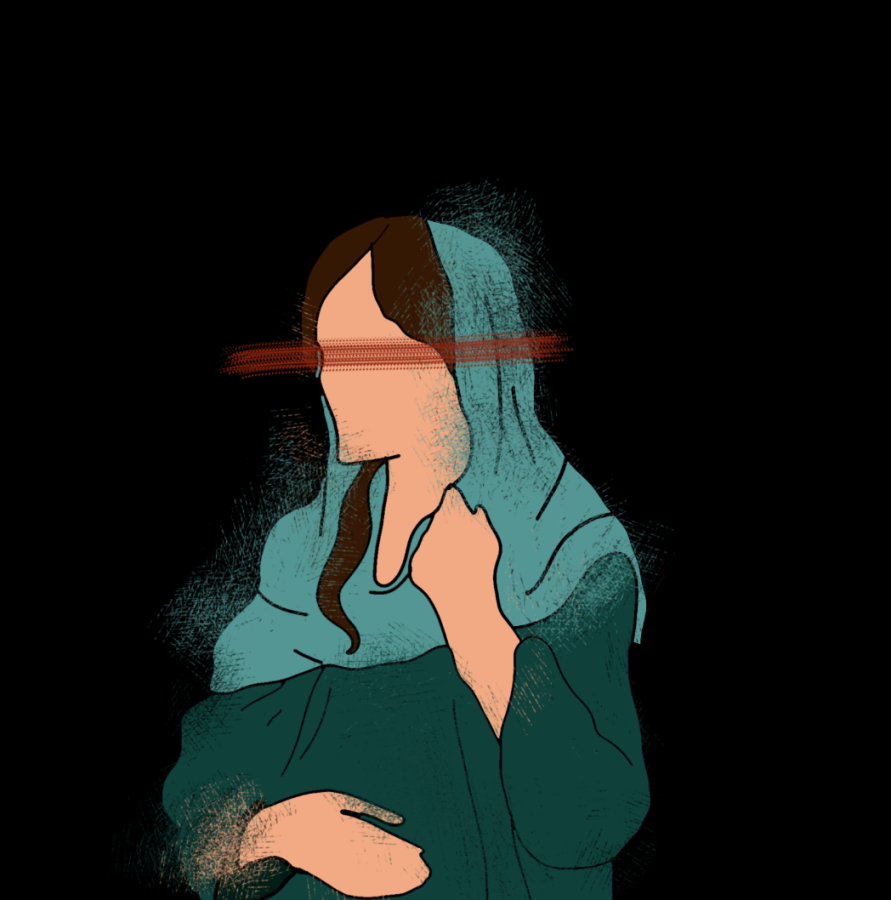Give the Women of Iran a Choice
October 27, 2022
Mahsa Amini was shy and never provocative or political. She was a beloved daughter and an older sister. Outside, she went by her Persian name “Mahsa,” meaning “like the moon”. At home, she went by her Kurdish name “Zhina”: “full of life”.
On Sept. 13, while visiting Tehran, Iran, Amini was taken into custody by the Iranian government’s morality police for failure to comply with the mandated hijab dress code. Within a day of her detainment, she was taken to the hospital in a coma, badly bruised, bleeding, and concussed. Her family prayed for her recovery. Three days later, Amini died. She was only 22-years-old.
Amini’s death ignited protests throughout Iran and promoted international discourse on the limited freedoms of Iranian women. While the Iranian government claimed Amini suffered a heart attack while at a clinic, eyewitnesses blatantly disproved the attempted cover-up. Demands for justice have led to demonstrations and public displays of Iranian women and allies cutting their hair, showing grief and rebellion.
Ironically named the “morality police,” the organization is part of larger Iranian law enforcement forces and has played a key role in cracking down on any opposition. They have aggressively enforced the country’s dress codes, which require women to cover their hair and wear a loose-fitting robe known as a “chador”. This restriction on freedom wasn’t always so; Iran’s conservative values were a direct result of the Iranian Revolution in 1979, in which a fundamentalist movement led by Ruhollah Khomeini overthrew a pro-Western leader. Overnight, Iran went from one of the Middle East’s most liberal societies to one of its most restrictive. As new leadership was ushered in, basic rights were ushered out. The ultra-conservative Islamic practices based on Shari’ah (Islamic religious) law were imposed upon citizens, stripping mainly women of their right to choose what to wear.
The recent hijab-related enforcements have only caused greater resistance against wearing it. However, this reignites a prior debate on the legislation in parts of Europe, including France, where wearing a full face covering is banned, as they have been claimed to hinder facial recognition in crimes. Protesters denounce these laws, seeing as hijabs and other pieces of religious apparel serve as symbols of Islamic heritage when worn in non-Muslim communities.
An international perspective observes the duality of women fighting against the hijab in Iran while women in France fight for it. It may seem that there should be a default response to the contrasting protests on both sides of the spectrum. However, clothing is ultimately a symbol, an extension of the context in which it is worn. Some see religious garments as restrictive, while others view them as empowering. The battle for human rights sparked by the death of Mahsa Amini is not about whether or not religious coverings are “good” or “bad”, but rather about the right to choose whether or not to wear these religious coverings.
It is not our place as Americans to tell the people of Iran how to live or run their country, yet we, as human beings, also have an obligation to stand up for those who are in peril. This is not a call for Westernization, but rather a call for universal human rights. The world is constantly changing, collectively ebbing towards equality. The U.S. has done its part in placing sanctions against the morality police, but more needs to be done to denounce the country’s missteps. Whether it’s through raising awareness on social media or making direct contributions to a growing anti-fundamentalist movement, the women of Iran deserve to know that the world is standing behind them in their plight to secure their human rights.
Graphic courtesy of Michelle So

